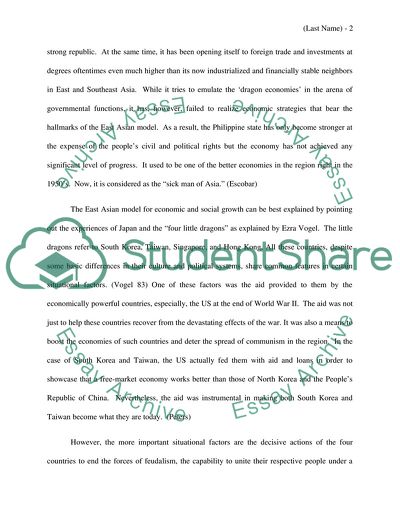Cite this document
(The Philippines: Failure in Emulating East Asian Growth Essay, n.d.)
The Philippines: Failure in Emulating East Asian Growth Essay. Retrieved from https://studentshare.org/macro-microeconomics/1564206-east-asian-studies
The Philippines: Failure in Emulating East Asian Growth Essay. Retrieved from https://studentshare.org/macro-microeconomics/1564206-east-asian-studies
(The Philippines: Failure in Emulating East Asian Growth Essay)
The Philippines: Failure in Emulating East Asian Growth Essay. https://studentshare.org/macro-microeconomics/1564206-east-asian-studies.
The Philippines: Failure in Emulating East Asian Growth Essay. https://studentshare.org/macro-microeconomics/1564206-east-asian-studies.
“The Philippines: Failure in Emulating East Asian Growth Essay”, n.d. https://studentshare.org/macro-microeconomics/1564206-east-asian-studies.


